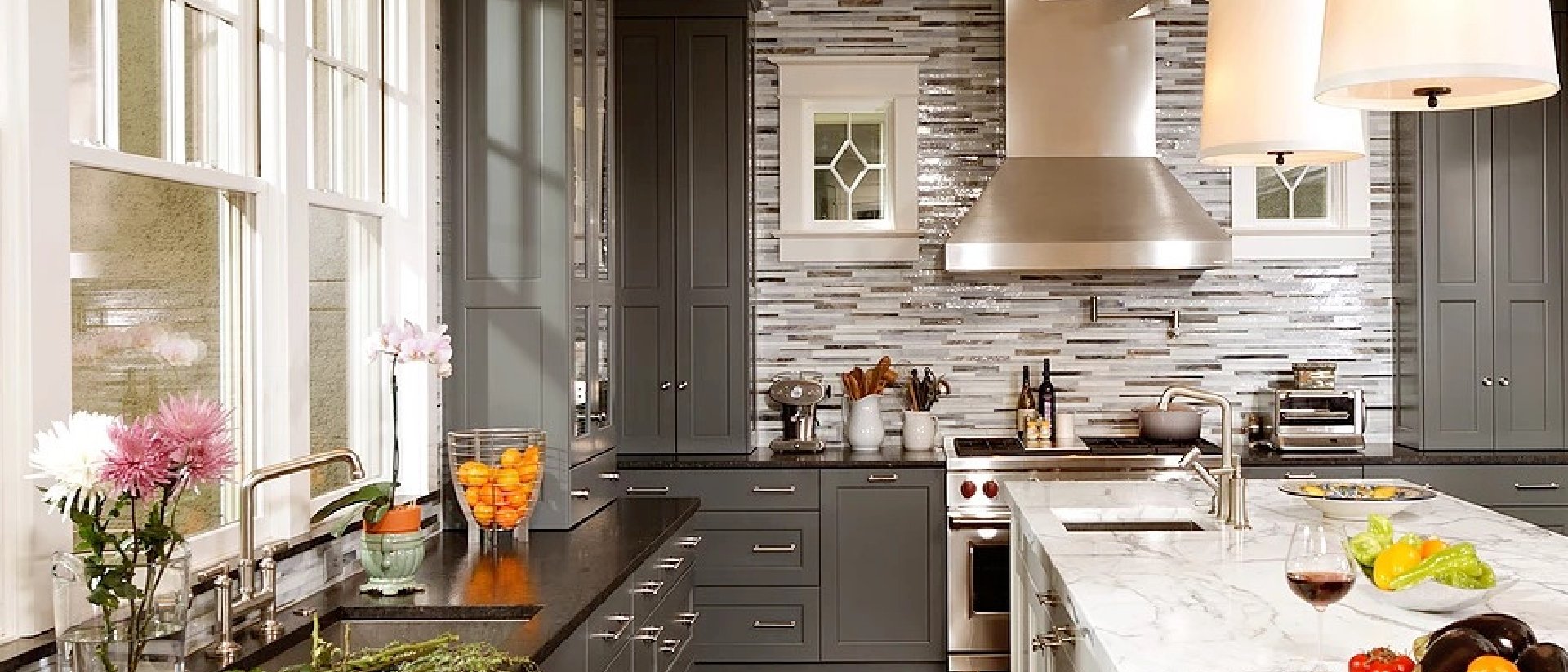The allure of crafting beautiful and functional kitchen spaces is undeniable. Becoming an independent kitchen designer allows you to channel your creativity, work directly with clients, and build a business around your passion. However, charting your own course requires careful planning, skill development, and a solid understanding of the industry. This guide will walk you through the essential steps to launch your career as a successful independent kitchen designer.
Building a Foundation: Skills and Education
Before venturing into the world of independent design, it’s crucial to acquire the necessary skills and knowledge. Here’s where to focus your efforts:
- Design Principles: Understand color theory, spatial planning, and the elements of design.
- Technical Skills: Master CAD software (like AutoCAD or SketchUp), and learn about building codes and construction methods.
- Product Knowledge: Become familiar with various kitchen components, appliances, materials, and finishes.
- Communication Skills: Develop strong interpersonal and communication skills to effectively interact with clients and contractors.
Formal Education vs. Self-Learning
While a formal education in interior design or architecture can be beneficial, it’s not always a requirement. Many successful independent designers are self-taught, supplemented by online courses, workshops, and hands-on experience. Consider your learning style and budget when deciding which path is right for you.
Factoid: Did you know that the average kitchen remodel costs between $15,000 and $50,000? Independent designers can help clients navigate these costs and make informed decisions.
Gaining Experience: Internships and Entry-Level Positions
Practical experience is invaluable. Consider these options to build your portfolio and network:
- Internships: Seek internships with established design firms or kitchen showrooms to learn from experienced professionals.
- Entry-Level Positions: Work as a design assistant or sales associate in a kitchen-related business to gain hands-on experience.
- Freelance Projects: Take on small freelance projects to build your portfolio and refine your skills.
Building Your Brand and Business
Once you have the skills and experience, it’s time to establish your brand and business:
Developing Your Portfolio
Your portfolio is your most important marketing tool. Showcase your best work, highlighting your design skills and problem-solving abilities. Include photos, renderings, and client testimonials.
Creating a Business Plan
A well-defined business plan is essential for success. Outline your target market, services, pricing strategy, marketing plan, and financial projections.
Marketing Your Services
Promote your services through various channels, including:
- Website and Social Media: Create a professional website and actively engage on social media platforms like Instagram and Pinterest.
- Networking: Attend industry events and connect with potential clients and contractors.
- Referrals: Encourage satisfied clients to refer you to their friends and family.
Factoid: Kitchen design trends are constantly evolving. Staying up-to-date with the latest styles, materials, and technologies is crucial for success.
Legal and Financial Considerations
Don’t overlook the legal and financial aspects of running your own business:
- Business Structure: Choose a legal structure for your business (e.g., sole proprietorship, LLC).
- Insurance: Obtain liability insurance to protect yourself from potential lawsuits.
- Contracts: Use clear and comprehensive contracts with your clients to outline the scope of work, payment terms, and other important details.
- Accounting: Keep accurate records of your income and expenses for tax purposes.
FAQ: Frequently Asked Questions
Q: How much does it cost to start an independent kitchen design business?
A: Startup costs vary depending on your location, experience, and business model. Factors to consider include website development, software subscriptions, marketing materials, and office space (if needed).
Q: What software is essential for kitchen designers?
A: CAD software (like AutoCAD or SketchUp) is essential for creating floor plans and 3D renderings. Project management software can also be helpful for organizing projects and communicating with clients.
Q: How do I find clients as a new independent kitchen designer?
A: Networking, online marketing, and referrals are all effective ways to find clients. Consider partnering with contractors or real estate agents to generate leads.
Q: What are the biggest challenges of being an independent kitchen designer?
A: Some common challenges include managing finances, finding clients, staying up-to-date with industry trends, and dealing with difficult clients.

